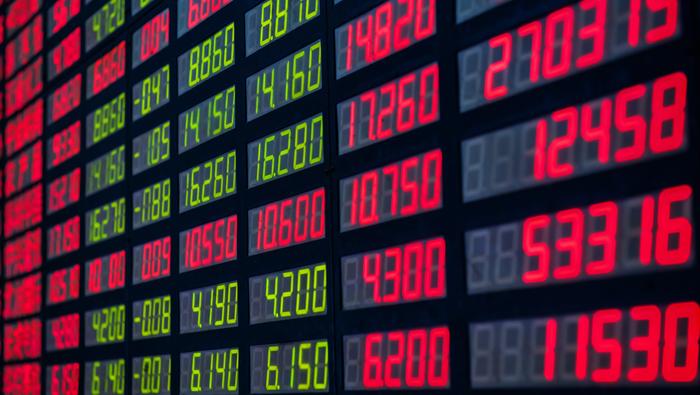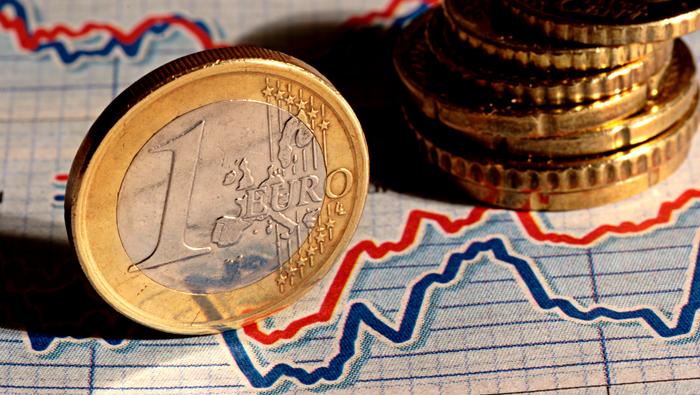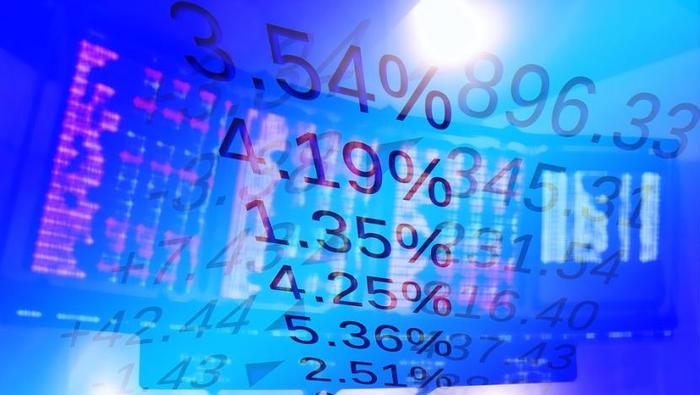Australian Dollar, Australian GDP Talking Points:
- Australia’s second quarter growth data put in a blockbuster performance
- The Australian Dollar duly rose even if the interest rate implications, if any, are unclear
- Chinese numbers were less impressive
Join DailyFX analysts for live coverage of all major Australian economic data at the DailyFX Webinars. We’d love to have you along.
The Australian Dollar rose sharply on Wednesday as growth in its home country soared ahead of forecasts. More timely Chinese numbers painted a less rosy picture, but the currency held up nonetheless.
Official Australian Gross Domestic Product numbers for the year’s second quarter came in with 0.9% growth compared to the previous three months- a blockbuster 3.4% annualized gain. Expectations had centered around respective rises of 0.7% and 2.8%, but that 3.4% is the best turnout since the third quarter of 2012.
The Australian economy is certainly showing some more of its famed resilience, but markets still don’t see this translating into higher interest rates until sometime after the spring of 2020. Stickily low inflation, and worries that the best of both global and regional growth for this year are now behind us, have investors pretty sure that Australia’s record-low 1.50% Official Cash Rate will be here to stay for some time yet. It's already more than two years old.
Still, estimates of trend growth tend towards 2.8%, so the latest figures could mean that some spare capacity is being taken up. All else being equal this should be inflationary, even in these disinflationary times.
CHINA CAIXIN SERVICE PMI LESS IMPRESSIVE
The August China service sector Purchasing Managers Index from local media group Caixin was released minutes after the GDP data. It came in at 51.5, below both the 52.6 forecast and July’s 52.8. The manufacturing version of this survey saw daylight earlier this week, chalking up a 14-month low. Taken with Wednesday’s service fugure it gave a composite PMI of 52.0, just below the previous month’s 52.3. In the logic of PMIs any reading above 50 signifies expansion for the sector in question.
These numbers do nothing to undermine widely held suspicions that Chinese growth is slowing, and may decelerate further if trade differences with the US are not resolved, something which shows no sign of occurring anytime soon. This matters to Australia because of its huge export and investment links with the economic superpower to its North. Still Aussie bulls really liked that GDP print, as well they might, and AUD/USD held up.
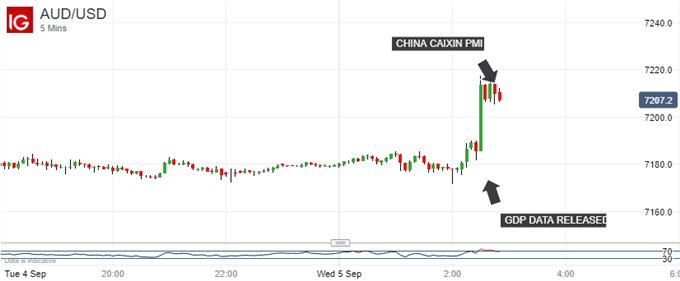
On its broader, daily chart however, the Australian Dollar remains in a lot of trouble, at least if you’re a bull. The interest rate differential gap is now in the US Dollar’s favour and, if rate futures markets are any guide, it’s likely to remain that way for some time to come.
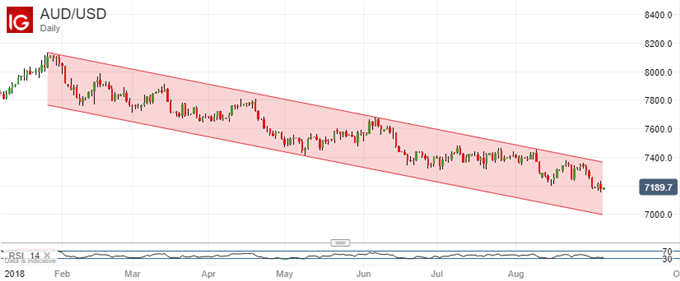
The currency has also been weakened by diminished global risk appetite as trade spats dominate the headlines and emerging market units have tanked.
Resources for Traders
Whether you’re new to trading or an old hand DailyFX has plenty of resources to help you. There’s our trading sentiment indicator which shows you live how IG clients are positioned right now. We also hold educational and analytical webinars and offer trading guides, with one specifically aimed at those new to foreign exchange markets. There’s also a Bitcoin guide. Be sure to make the most of them all. They were written by our seasoned trading experts and they’re all free.
--- Written by David Cottle, DailyFX Research
Follow David on Twitter @DavidCottleFX or use the Comments section below to get in touch!




